Hybridization a unique source of molecular, chemical diversity
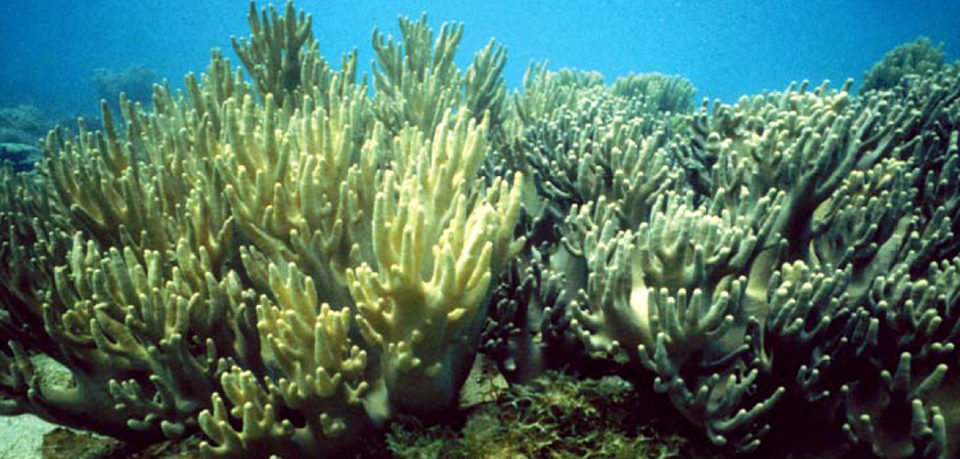
Natural hybridization in the marine environment is an important mechanism for the production of biodiversity. Mass-spawning marine invertebrates, in particular, have the potential for hybridization when gametes mix in the water column. “Gene shuffling” associated with hybridization can result in a mosaic of phenotypic characteristics expressed in the first and subsequent backcrossed generations that can mediate a variety of ecological interactions.
Of particular importance to pharmaceutical aquaculture is the potential novelty of hybrid defensive chemistry due to the obstruction of biosynthetic pathways and/or gene regulation resulting in the build-up of transient chemical substrates. Elaboration of biosynthetic pathways can lead to the combination of novel chemical compounds that bear the basic skeleton from one parent with a structural side chain and/or basic skeleton of a second parent.
Thus, hybridization is a unique source of molecular and chemical diversity that might be tapped as a “pharmaceutical factory” for the production of new marine natural products.
Natural hybrids
The soft corals Sinularia maxima and S. polydactyla are common members of the shallow-reef fauna of the tropical Indo-Pacific and the most abundant species of soft corals in Guam. These two species contain numerous terpenoid compounds that serve a variety of ecological roles and have the potential for important antimicrobial pharmaceutical activities.
Both soft corals have separate sexes. S. polydactyla undergo an annual mass spawning event on the fourth, fifth, or sixth nights after the full moon of April, May, and June. S. maxima spawn the fourth or fifth nights after the full moon in June. Thus, these soft corals have the opportunity to cross-fertilize in nature to form a natural hybrid, Sinularia maxima x polydactyla. Taxonomic and biochemical evidence from field samples suggests this has occurred.
Hybridization experiments
With funding support from Mississippi/Alabama Sea Grant, the National Science Foundation, and National Institute of Undersea Science and Technology of NOAA’s Undersea Research Program, the authors conducted laboratory experiments in May 2002 using eggs and sperm stripped from Sinularia maxima and S. polydactyla to verify the coral hybridization. Sperm dilution assays were conducted prior to the experiment. Counts of formalin-fixed sperm using a hemacytometer indicated that a density of 106-107 sperm per ml provided an optimal egg fertilization density for the soft corals.
For the experiment, concentrated sperm was added to five replicate vials containing 250 eggs to achieve a final sperm density of 106 sperm per ml. After a two-hour incubation period in a flow-through sea water bath, the eggs were concentrated in a counting chamber, and the percentage of eggs with a fertilization envelope was determined by microscopic evaluation. Eggs incubated in sea water without sperm were included in the experimental design as controls.
As shown in Table 1, results indicated that cross-fertilization hybridization can occur in about 40 percent of the encounters between the two species’ gametes. The data suggested that hybridization proceeds in a unidirectional manner, but the results are equivocal, as experimental constraints such as the use of immature S. maxima eggs confounded the data interpretation. Hybrid soft coral larvae were reared in the laboratory through planulation at 72 hours and settlement at one week. The settled polyps developed normally and grew at a rate comparable to polyps of both parent species.
Slattery, Lab hybridization between soft corals, Table 1
| Sperm Source | Egg Source | First Generation |
|---|
Sperm Source | Egg Source | First Generation |
|---|---|---|
| Sinularia maxima | Sinularia polydactyla | Hybrid: 43.6% |
| Sinularia maxima | Sinularia maxima | Control: 2.1% |
| Sinularia polydactyla | Sinularia maxima | Hybrid: 1.1 % |
| Sinularia polydactyla | Sinularia polydactyla | Control: 94.3% |
Parent, hybrid chemistry
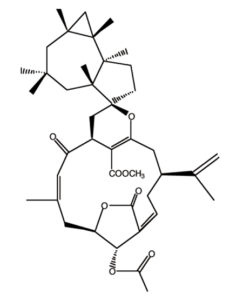
In terrestrial plants, studies indicate that 68 percent of hybrid chemistry originates from one or both parent species and 27 percent of the parental chemistry is lost. Five, 8, and 18 percent of the hybrid chemistry is novel for F1, F2, and hybrid species, respectively.
The authors extracted hybrid Sinularia maxima x polydactyla samples from field sites in Guam and compared the chemistry to that of the parent species. Sinularia maxima and S. polydactyla commonly produce the compounds cembranoid diterpenes, pukalide, 11β-acetoxypuklide, and 5 episinuleptolide. However, the hybrid produced five novel cembranoid diterpenes and a new structural class formed as a chimera between the cembranoid skeleton and the ses-quiterpene skeleton of the parent species that the authors named polymaxenolide.
The compound 5 episinuleptolide was the only common parental product recovered from the hybrid. Concentrations of the compound in the hybrid appeared to match those of the parent species, and overall, the concentrations of terpenoid compounds were comparable in the hybrid and parent species.
Aquaculture potential
The hybrid compounds are all currently under investigation for potential pharmaceutical roles at the National Center for Natural Products Research in Oxford, Miss., USA. Test results indicate that, in contrast to previous studies of hybrid plants, hybridization in the soft corals results in an exceptionally high percentage of novel chemistry that may yield novel compounds with pharmaceutical potential. Thus, hybrid gene shuffling in marine systems may represent a unique mechanism to develop new “phamaceutical factories” via aquaculture practices.
(Editor’s Note: This article was originally published in the December 2005 print edition of the Global Aquaculture Advocate.)
Now that you've reached the end of the article ...
… please consider supporting GSA’s mission to advance responsible seafood practices through education, advocacy and third-party assurances. The Advocate aims to document the evolution of responsible seafood practices and share the expansive knowledge of our vast network of contributors.
By becoming a Global Seafood Alliance member, you’re ensuring that all of the pre-competitive work we do through member benefits, resources and events can continue. Individual membership costs just $50 a year.
Not a GSA member? Join us.
Authors
-
Marc Slattery, Ph.D.
Department of Pharmacognosy
National Center for Natural Products Research
National Institute of Undersea Science & Technology
University of Mississippi
Oxford, Mississippi 38677 USA
-
Deborah Gochfeld, Ph.D.
Department of Pharmacognosy
National Center for Natural Products Research
National Institute of Undersea Science & Technology
University of Mississippi
Oxford, Mississippi 38677 USA -
Haidy Kamel, Ph.D.
Department of Pharmacognosy
National Center for Natural Products Research
National Institute of Undersea Science & Technology
University of Mississippi
Oxford, Mississippi 38677 USA
Tagged With
Related Posts
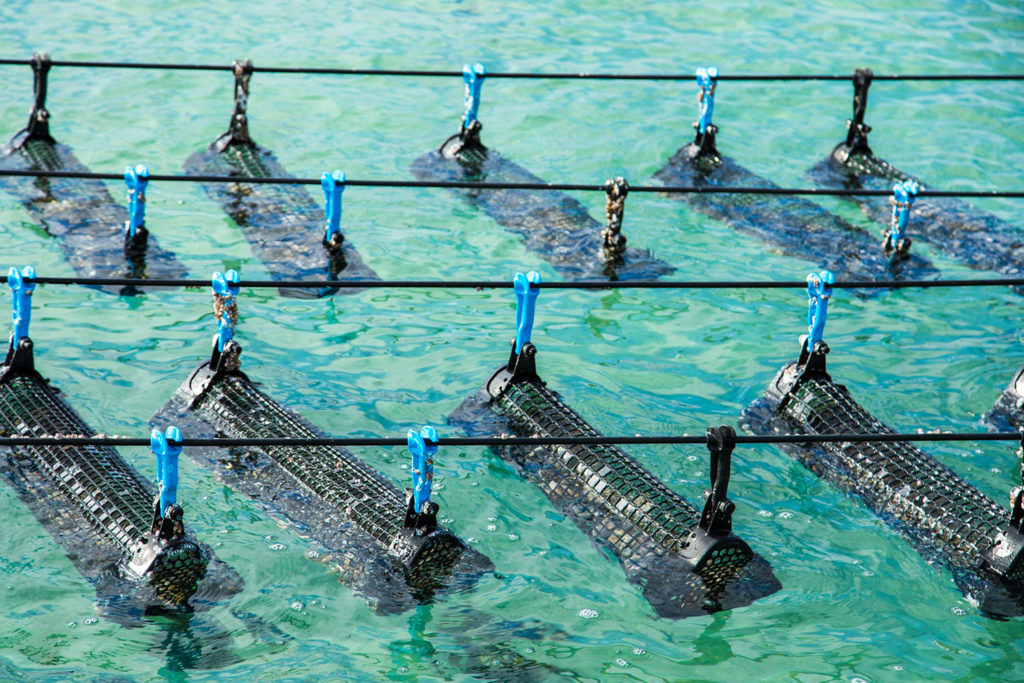
Responsibility
Advancing the ecosystem services of aquaculture
The Nature Conservancy was inactive in aquaculture until new program leader Robert Jones joined. His focus is on the positive outcomes of responsible aquaculture.
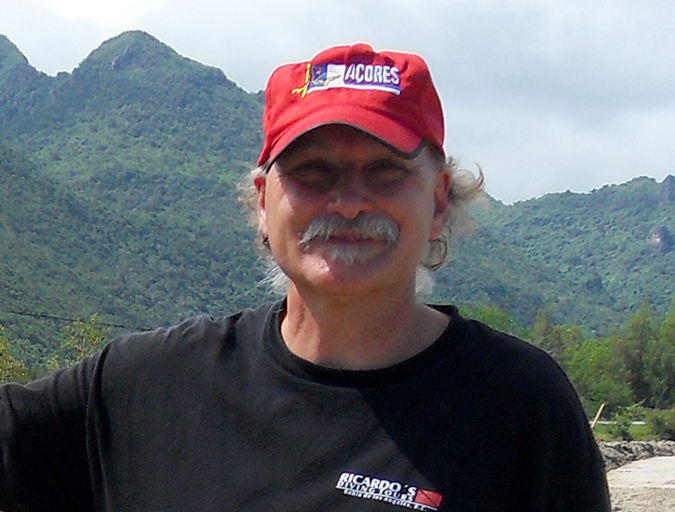
Innovation & Investment
Aquaculture Exchange: Barry Costa-Pierce, UNE
University of New England Professor Barry Costa-Pierce says aquaculture is often neglected in studies examining ocean health and ecosystem and resource management. The “Ocean Prosperity Roadmap” released this summer, he said, was more of the same.
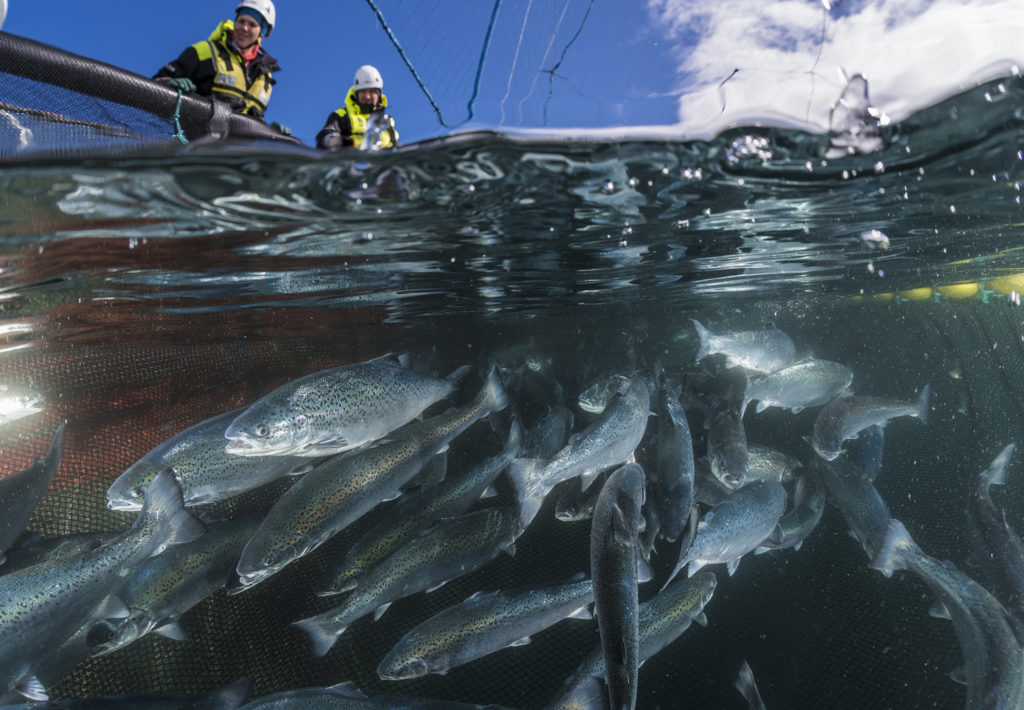
Aquafeeds
Can corn fuel aquaculture’s growth? Veramaris says yes
The benefits of omega-3 fatty acids to human health are well known. Fish need them too. To supplement current supplies from wild-caught fish, one innovative venture is turning to the corn fields of Nebraska – yes, Nebraska – for answers.
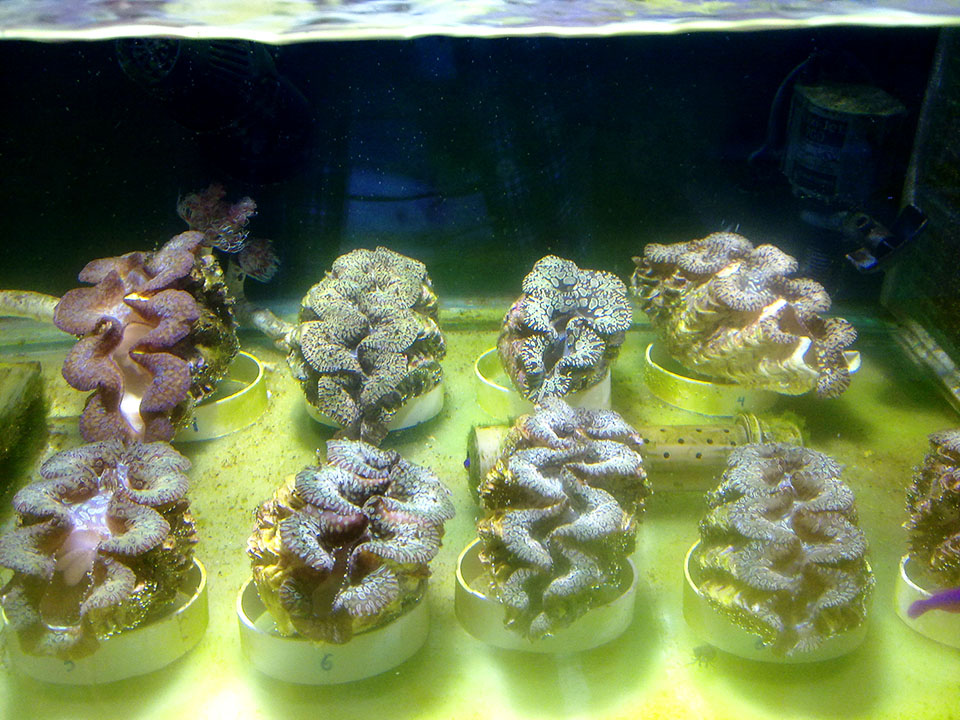
Health & Welfare
Limitations facing giant clam aquaculture
Giant clams are a resource utilized by the food and aquarium trade markets. However, aquaculture production is low and does not supply the demand. Ready availability of broodstock and seed is a major problem, as well as practical and consistent methods for inducing spawning.



